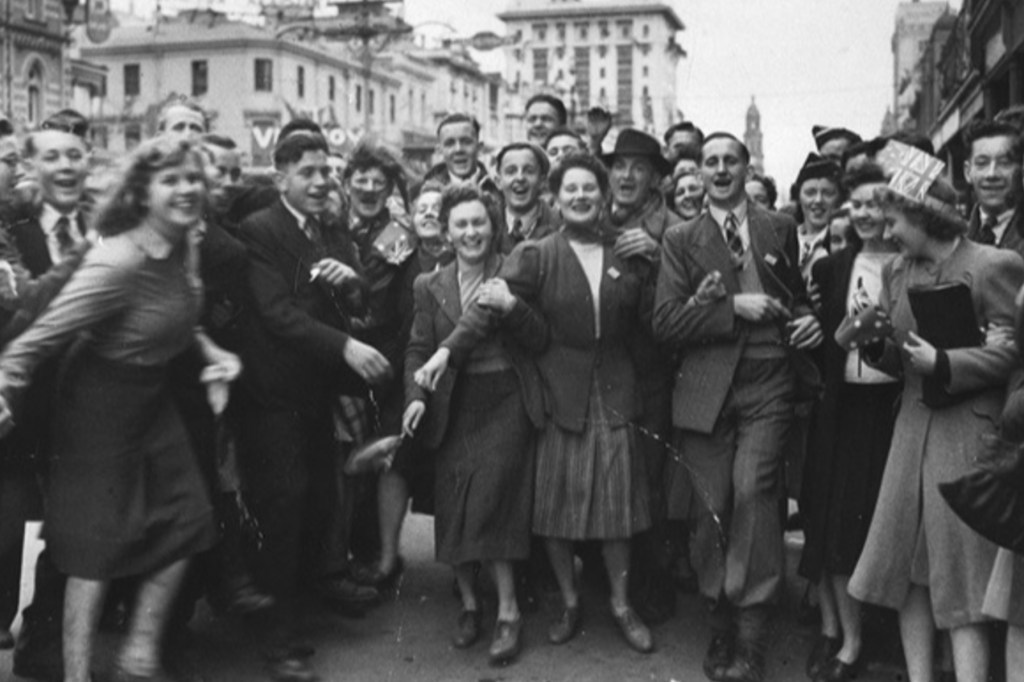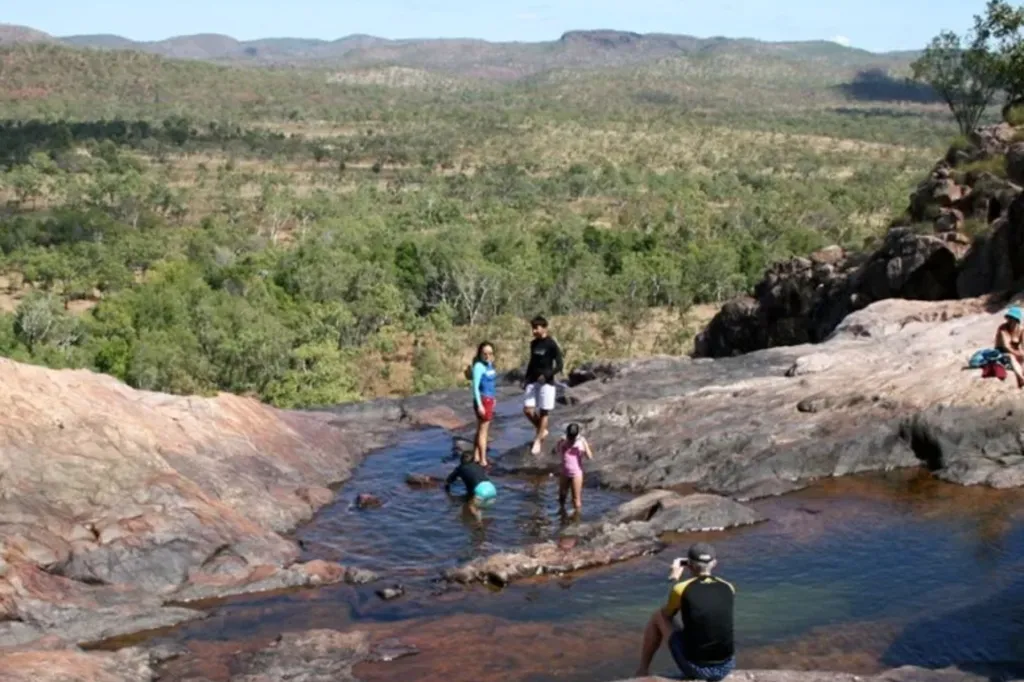Telling the stories of those who returned
Australia’s Virtual War Memorial is asking the public to help commemorate significant anniversaries this year.

Beginning as a commemorative project for the centenary of World War I in 2014, the Virtual War Memorial aimed to fill a vital gap in remembering all Australians who have served.
Where the Australian War Memorial commemorates those who lost their lives in war and armed conflict, the virtual platform heralds those who made it home.
As the platform reaches its 11th year, Virtual War Memorial CEO Sharyn Roberts says “one thing we’ve learnt… is that everyone who went, came back quite changed”.
Originally a South Australian-based, RSL-prompted initiative, the online platform soon outgrew its initial plans, triggering a major rethink of the scope of the project.
“In order to create a digital platform that really responded to the needs of the data, we needed to create a framework that delivered a national memorial,” Sharyn says.
“We are being told at all levels of government that we are a nation of storytellers and yet in this domain one of the things that is really surprising is that we tell the same stories again and again and again,” Sharyn says.
You might like
So, with help from volunteers and public contributors, the Virtual War Memorial asked the public to upload their personal stories about Australians who have served and the database has grown exponentially.
“We originally started off with a small digital platform that had the full data set of WWI soldiers and nurses who embarked for service overseas,” Sharyn says.
“We started with a database of 333,000 names, and we’ve now got over 1.5 million.”
2025 marks various significant anniversaries, including 110 years since the landing on Gallipoli, marking Australia’s entry into WWI, and 80 years since Victory in Europe was declared in WWII.
With ANZAC Day fast approaching, Sharyn says “it’s a great time to think: ‘Do I have an ANZAC connection? And what can I do?’”
Stay informed, daily
Anyone can become a contributor to the site by uploading stories, images or documents about their family members’ service, helping to continually grow the database.
The memorial team has set a challenge for all Australians: 110 new stories based on WWI service and 80 new stories based on WWII.
“The best entry will be judged by our chairman and will get two tickets to attend our ‘Don’t Forget Me Cobber’ lunch,” Sharyn says.
The fundraiser, hosted each year in Adelaide, falls on August 15 this year and provides “an update of what we’ve done, where we’re going and what we need to do to keep going,” says Sharyn.
Expanding its breadth of information exponentially since its beginning, Sharyn says, “we cover from the Boer War right through to Afghanistan,” with no plans of stopping their quest for information any time soon.
Sharyn explains that the Virtual War Memorial is “an agile, relationship-driven platform” that displays in-depth insight into individual servicepeople.
“If you look at any of the profiles, we can connect a person to a conflict, the unit that they served in and have information about any woundings that may have occurred, their outcome, where they came from and where they came back to,” Sharyn says.
The online database has made information about conflicts and those who fought in them more accessible than ever.
“You can be sitting in front of a computer here in Australia… or if you’ve got your phone and you’re in a war cemetery on the Western Front, you can find information about the person on the headstone that’s in front of you,” Sharyn says.
As a small team of four employees and a “battalion of volunteers”, the initiative relies on generous philanthropic donations to keep the platform up and running.
Sharyn praises the work of volunteer contributors in their mission to remember all those who risked their lives.
“We say the ode at every remembrance ceremony ‘we will remember them’,” Sharyn says.



